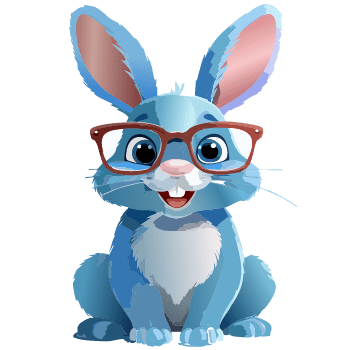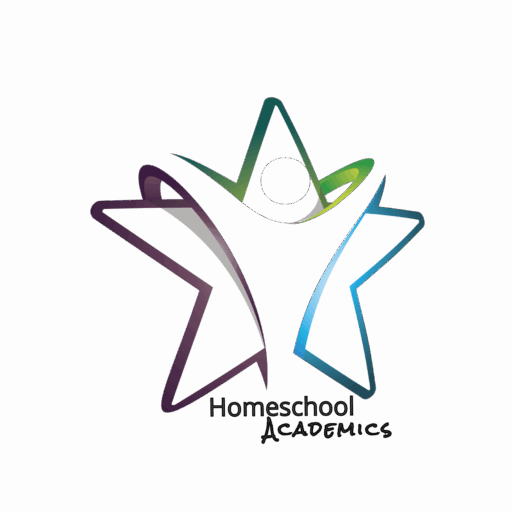Dyspraxia, also known as Developmental Coordination Disorder (DCD), is a neurological condition that affects coordination and motor skills. Children with dyspraxia may struggle with tasks that require fine and gross motor coordination, such as writing, tying shoes, or participating in sports. It can also affect planning, organization, and other cognitive functions.
Here are some key aspects of dyspraxia and tips for managing it, especially in a homeschooling environment:
Dyspraxia Common Signs:
- Motor Coordination Challenges: Difficulty with tasks requiring hand-eye coordination, such as drawing, writing, cutting, or using utensils.
- Delayed Development: May take longer to reach developmental milestones, such as crawling, walking, or talking.
- Poor Spatial Awareness: May bump into objects, have trouble navigating spaces, or struggle with tasks like riding a bike.
- Difficulty with Sequencing and Planning: Struggles with tasks that require step-by-step actions, like getting dressed or organizing school materials.
- Speech Difficulties: May have trouble with pronunciation, speech clarity, or oral coordination.
Strategies for Homeschooling Children with Dyspraxia:
Break Tasks into Smaller Steps: Break down tasks into manageable steps and provide clear, step-by-step instructions. Visual aids like checklists or diagrams can be helpful.
Use Multisensory Learning Approaches: Incorporate various senses into learning (e.g., tactile, visual, auditory) to help the child process information more effectively.
Provide Extra Time and Patience: Allow extra time for tasks, especially those involving writing or other fine motor skills. Consider alternatives like typing or voice-to-text technology.
Encourage Strengths and Interests: Focus on the child’s strengths, whether it’s creativity, problem-solving, or other areas, to build confidence and motivation.
Incorporate Physical Activities: Regular physical exercise, particularly activities that improve balance, coordination, and core strength, can be beneficial.
Occupational Therapy: Working with an occupational therapist can help improve motor skills and provide targeted strategies for daily tasks.
Modify the Environment: Adapt the learning space to minimize distractions and allow freedom of movement if needed, ensuring a supportive learning environment.
Use Adaptive Tools: Consider tools like pencil grips, ergonomic chairs, or slant boards to help with writing and posture.
Would you like specific homeschooling activities or lessons tailored for a child with dyspraxia?


